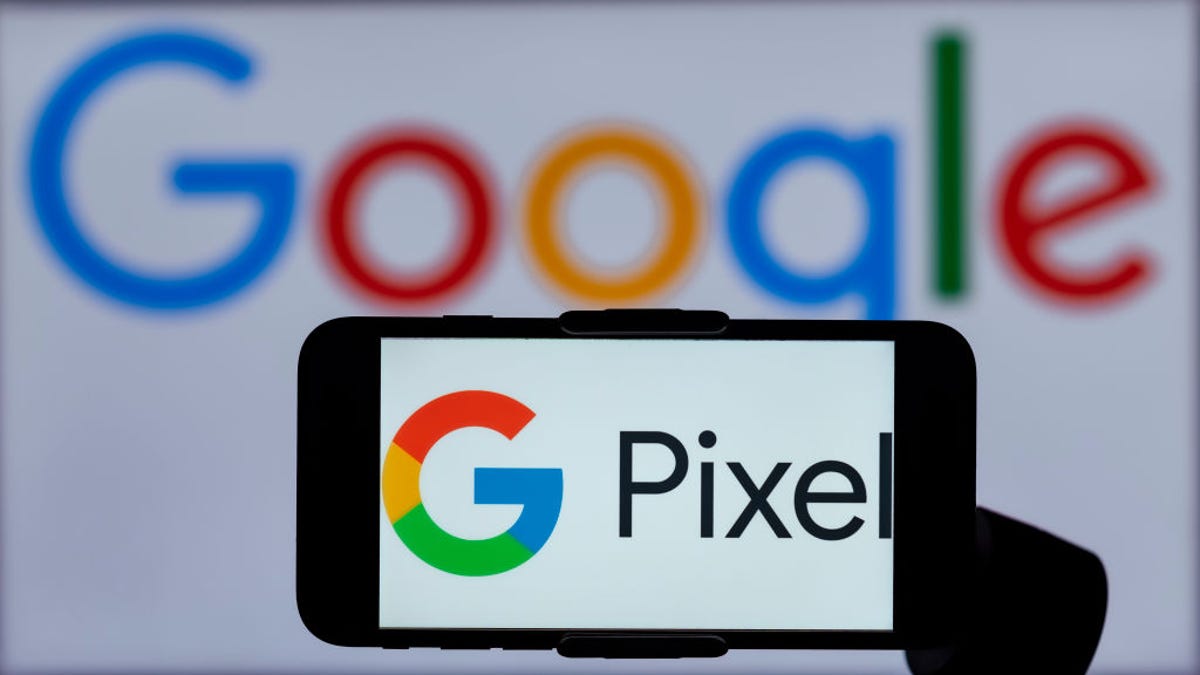- Your Apple Watch is getting a huge upgrade. Here are the 8 features I can't wait to use in WatchOS 26
- CISO’s Toolkit: Understanding Core Cybersecurity Frameworks
- CIOs brace for rising costs as Salesforce adds 6% to core clouds, bundles AI into premium plans
- UK Government Publishes Plan to Boost Cyber Sector Growth
- This LG C4 OLED TV is over 50% off on Amazon right now - and I highly recommend it
How to clear your Google search cache on Android (and why you should)

Did you know your Android device retains your Google searches? Numerous sites and services can use that data to personalize ads and other types of recommendations.
For some, that level of personalization makes using the platform easier. But in this modern era, where companies and sites can use that information to paint a very particular picture about you and your web usage, that could be considered an invasion of privacy. This can be problematic if you accidentally search for the wrong thing, only to then find the related ads to fall under the category of, “Why am I seeing this?” I’ve witnessed other people’s eyes go wide when an add pops up on their phones they either shouldn’t or didn’t want to see. For those who value privacy, it is important to reclaim control over how much of a browser’s search history is saved and when it’s deleted.
Also: The best Android phones right now
I’m going to walk you through the process of both — manually deleting that search cache and configuring Android to auto-delete saved data.
Also: How to clear the cache on your Android phone or tablet
How to manually clear the Google search cache
What you’ll need: To do this, you’ll need an Android device that is connected to your Google account. I’ll be demonstrating on a Pixel 6 Pro running Android 14 with the most recent security patch applied.
Also: How to enable Notification History on your Android
This process should work the same on most modern Android devices. If, however, you find the instructions don’t apply to your device, it might take a bit of research to discover how it’s done on an older version of Android.
Let’s get to work.
From your Android App Drawer, open the Google app. In the resulting window, tap your profile image at the top-right corner.
The Google app running on a Pixel 6 Pro.
Screenshot by Jack Wallen/ZDNET
From the resulting menu, tap Search history.
The Google app menu makes it easy to quickly delete the last 15 minutes of your search history.
Screenshot by Jack Wallen/ZDNET
Before you can gain access to the Delete drop-down, you have to verify it’s you. To do that, tap the Verify button and you’ll be prompted for either your PIN, pattern, password, fingerprint, or face scan (depending on how you have Android configured for the unlocking process).
After a successful verification, you should then see a Delete drop-down.
Once you’ve verified it’s you, the Delete drop-down will become available. Select the time frame for which you want to delete (Delete Today, “Delete custom range,” “Delete all time,” or “Auto-delete.”) and Android will empty the cache for that specified range. You will not be prompted to okay the deletion, it will just happen. Once deleted, that cache is gone.
Also: How to clear the cache on your iPhone
From this same window, you can go through your history and delete specific searches.
You must first verify it’s you before continuing.
Screenshot by Jack Wallen/ZDNET
Auto-deletion setup
If you prefer to have things done automagically, Google has made it possible to set the cache to be auto-deleted. To do this, go back to the same place you ran the manual deletion and tap the Auto-delete (Off) entry. In the resulting window, tap to enable Auto-delete activity older than and then, from the drop-down, select the date range to be deleted.
Enabling auto-delete so you don’t have to worry about manually taking care of the process.
Screenshot by Jack Wallen/ZDNET
You can choose from three, 18, or 36 months. Once you’ve made your selection, tap Next and then tap Confirm to finish the setup.
Also: How to clear the Opera browser cache
And that’s all there is to deleting your Google search cache (either manually or automatically). If you’re concerned about your online privacy, consider this a must-do. And remember, since you can only set auto-delete for a minimum of three months, you might want to regularly go back to the screen and manually delete your cache (to keep your Android device from saving cached items that are not more than three months old).

